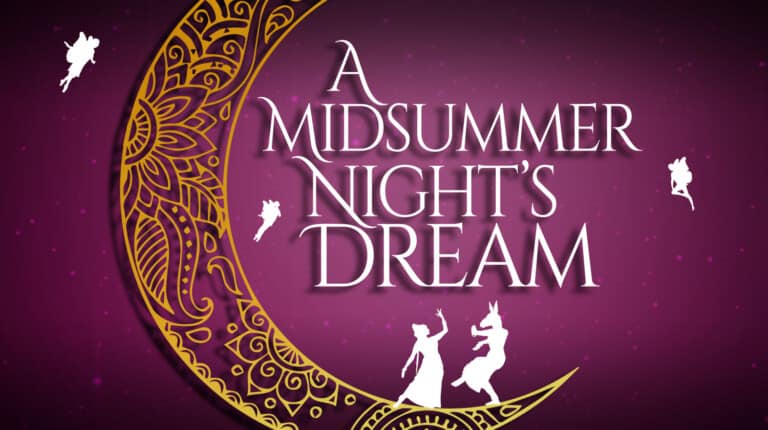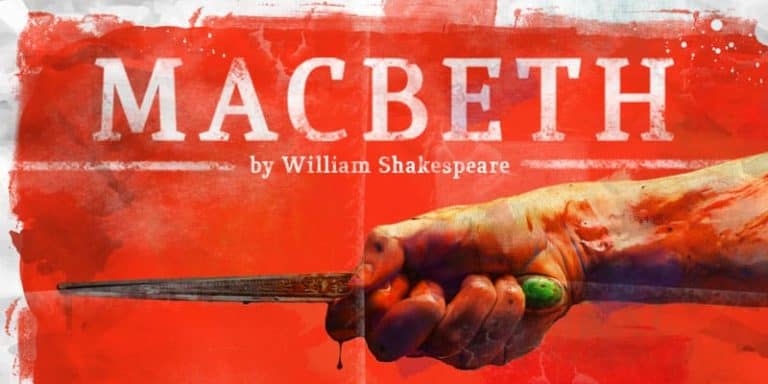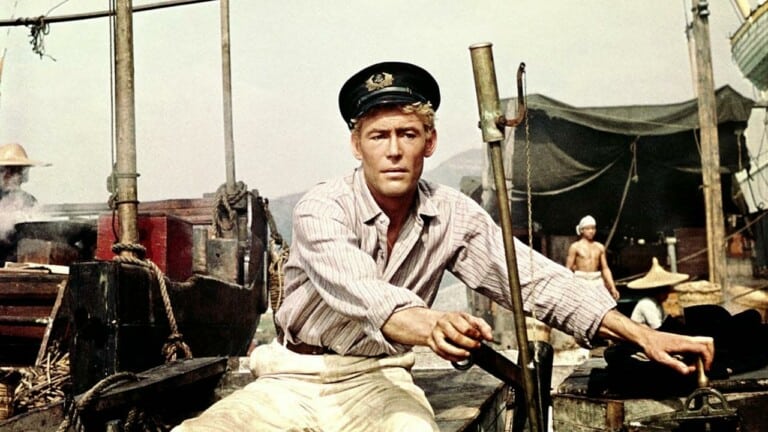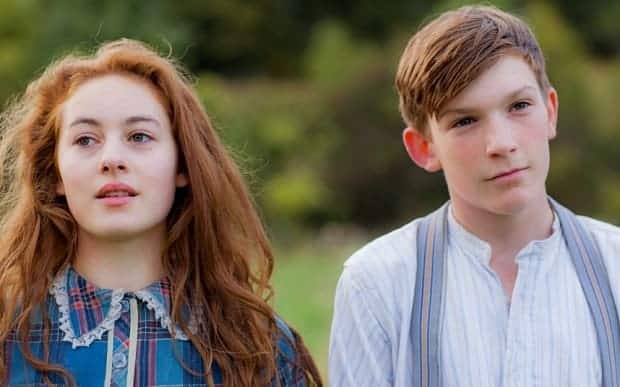Introduction
Me destinant au métier d’enseignant, c’est en toute confiance que j’ai choisi ce module de préprofessionnalisation.
Le Collège de la Durantière, pour son unicité dans le système éducatif français m’a attiré et c’est ainsi que j’ai pu découvrir en cette quinzaine d’heures de cours sa spécificité et que j’ai pu vivre le quotidien pédagogique des professeurs enseignant l’Anglais à des élèves polyhandicapés.
En pédagogie comme ailleurs, toute spécificité requiert des moyens spécifiques, même si en apparence les moyens et les techniques divergent, un cours d’Anglais dans ces classes spécialisées reste dans ses fondements quasiment le même que dans une classe ordinaire : seules les aides techniques varient.
C’est pourquoi le déroulement d’une leçon, si on le compare à celui d’une classe dite “ordinaire”, reste peu ou prou le même. C’est ce que je vais tâcher d’exprimer dans les lignes qui suivent.
I. Présentation générale : La Durantière, un collège atypique
A. L’établissement
Le Collège de la Durantière accueille 400 élèves dont 100 handicapés qui peuvent mener une vie de collégiens tout en recevant des soins et une éducation adaptée.
Ces élèves handicapés moteurs, déficients visuels, sourds, avec ou sans troubles associés ont entre 11 et 20 ans et sont répartis dans des 6èmes, 5èmes, 4èmes d’Aide et de Soutien, des 3èmes ainsi que des 3èmes d’insertion.
Les élèves qui habitent dans l’agglomération nantaise sont transportés du Collège à leur domicile et vice versa dans un rayon de 30 km.
Appartenant à l’A.P.A.J.H. (l’Association Pour Adultes Jeunes Handicapés), plusieurs estafettes aménagées avec rampes d’accès et intérieur modulable sont prévues pour les sorties éducatives des élèves en fauteuil.
Les élèves qui habitent dans les départements limitrophes sont hébergés en semaine, soit en familles d’accueil spécialisées, soit en foyer d’hébergement, soit en internat scolaire accessible.
Gérés par l’A.P.A.J.H., tout un panel de thérapeutes entourent les élèves et assurent le suivi médical, les soins et les rééducations : orthophonie (en français et en anglais), orthoptie, enseignement du braille et de la langue des signes, kinésithérapie, balnéothérapie, suivi psychologique, ergothérapie, psychomotricité.
Des classes spécialisées mettent en oeuvre une pédagogie adaptée :
12 classes à petit effectif, de la 6ème à la 3ème, implantés au rez-de-chaussée de l’établissement avec des effectifs inférieurs à 12.
Rythmes scolaires adaptés (renforcement des horaires en Mathématiques, Anglais, Français, et possibilité de faire en 3 ans un cycle de 6ème-5ème ou de 4ème-3ème).
Aides spécifiques (agent de service pour les toilettes, les repas, les déplacements, aides techniques pour les élèves atteints dans leur autonomie, appareillages individuels, ordinateurs pour chaque élève ayant des difficultés graphiques.
Activités sportives adaptées (cheval, piscine, tennis de table, tir à l’arc…)
La coordination entre toutes les actions est assurée par le directeur de l’A.P.A.J.H., également principal adjoint du collège : M. Gillot.
Les actions thérapeutiques sont organisées par quatre médecins (rééducation fonctionnelle, pédiatre, ORL, ophtalmologiste) en liaison avec les familles et les intervenants extérieurs (généralistes, spécialistes, orthopédistes, prothésistes, chirurgiens…)
Le projet scolaire, étroitement associé au projet rééducatif, est coordonné par les professeurs principaux et l’ensemble de l’équipe éducative, c’est à dire l’administration, les professeurs et les thérapeutes.
Les rééducations individuelles ont lieu en dehors des heures de cours, tout au long de la journée.
B. L’intégration Au Collège
Etre intégré dans un groupe, c’est vivre dans ce groupe, adhérer à ses objectifs et en profiter, y être reconnu, participer à ses activités, à ses évolutions. C’est en être membre.
Selon le degré d’appartenance au groupe, l’intégration pourra être :
- individuelle : le jeune handicapé est seul à être handicapé dans le groupe. C’est le cas des jeunes soutenus par un service : le Service de Soins et d’Education Spécialisée A Domicile (SESSAD), le Service De Soutien à l’Education Familiale et à l’Intégration Scolaire (SSEFIS) ou le Service d’Aide à l’Acquisition de l’Autonomie et à l’Intégration Scolaire (SAAAIS).
- semi-collective : plusieurs handicapés vivent au rythme d’un groupe. (Lycée des Bourdonnières)
- collective : les jeunes handicapés sont regroupés en groupe de besoins en CLIS (Classes d’Intégration Scolaire), UPI (Unités Pédagogiques d’Intégration) ou classes spécialisées.
Ces groupes pédagogiques sont installés dans des collectivités scolaires ordinaires. C’est le cas au Collège de la Durantière, au lycée Professionnel Leloup-Bouhier et dans plusieurs écoles primaires à Nantes (les Agenets – Carcouet – Emile Pehaut), Rezé (Y. et A. Plancher) et St Nazaire (Ernest Renan – Jean Jaurès).
C. Fonctionnement des classes
Les apprenants sont regroupés en classes d’un maximum de 12 élèves.Le Collège de La Durantière doit répondre aux besoins des pré-adolescents dans leur globalité, il est donc nécessaire de concilier les besoins éducatifs et rééducatifs de chacun.
Pour cela, les différents thérapeutes s’intègrent à l’équipe pluridisciplinaire enseignante qui gravite autour de l’apprenant et participent au projet individuel élaboré par l’équipe éducative.
Parfois même certains enseignants cèdent une heure de leur contingent heures-élèves par semaine pour que certains élèves en difficultés, que ce soit d’ordre logique ou praxique (le fait d’utiliser correctement la main ou le bras, dans le cas de la manipulation d’un clavier par exemple), puissent bénéficier ou d’un atelier de raisonnement logique (A.R.L.) ou d’une rééducation psychomotrice, ou de la technicité de l’ergothérapeute, etc.
Dans ce cas, l’enseignant doit s’adapter à ces paramètres en utilisant une pédagogie différenciée au sein de la classe pendant cette heure banalisée.
Ces décisions sont prises en réunions préparatoires au Conseil des Professeurs, en accord avec les parents, à qui le projet est soumis.
Par ailleurs, tout le panel de soins prescrits par les thérapeutes A.P.A.J.H. attachés à l’établissement se fait à raison de séances d’une demi-heure dans les heures d’étude inscrites à l’emploi du temps individuel de l’élève.
Les apprenants reçoivent les aides suivantes afin de faciliter leur apprentissage :
- des ordinateurs, claviers et écrans adaptés, agendas électroniques, chaises rehaussées, matériels et logiciels de synthèse vocale, lutrins, etc.
- des livres en gros caractères et des polycopiés agrandis,
- un éclairage adapté selon le cas (direction de la source lumineuse réglable)…
D. Description de la classe
La classe de 3ème B, que j’ai choisi ici d’analyser, comporte 7 élèves. Elle compte un déficient auditif, une déficiente visuelle, et cinq apprenants polyhandicapés (hémiplégie, paraplégie pour la plupart).
Le livre utilisé dans cette classe est le manuel Grapevine 2 et la leçon que j’ai choisi de rendre compte est plutôt axée sur la production orale (cf. Annexe).
Il me semble donc intéressant d’étudier le déroulement d’une leçon d’Anglais avec ces élèves, en mettant un accent particulier sur l’autonomie.
II. Organisation d’une séance d’Anglais dans une classe de polyhandicapés
A. Préambule
Dans le cadre de mon étude, j’ai été amené à utiliser et à moduler mes grilles d’observation afin de coller le plus près possible aux situations observées (Cf. Annexe 1, 2, 3, 4).
B. Observations
Voir grilles en Annexe.
C. Analyse de l’observation :
La séance commence par une phase de socialisation active entre les élèves et le professeur puis entre les élèves entre eux :
“Good morning everybody ! How are you today ?”
Les élèves commencent alors un tour de classe : chacun pose la question “How are you today ?” à son voisin et y répond lui-même. Celui qui ferme la ronde pose la question au professeur : “And how are you today Mrs B. ?”.
Ce dialogue aux règles préétablies est basé sur une création d’habitudes, rappelant les théories behavioristes et le schéma stimulus-réponse de l’apprentissage par conditionnement pavlovien.
Le pair-work étendu au tour de classe permet la participation de tous les apprenants. Ce qui ressemble à un enseignement de type mécanique n’en est pas moins cognitiviste.
En effet, une étude approfondie des réponses des élèves (grâce notamment aux grilles d’observation, cf. Annexe) révèle que cette entrée en matière se rapproche de la vision communicative et constructiviste : l’amorce de l’enseignant permet aux élèves de communiquer un message avec l’interlangue qu’ils se sont construit au cours de leur apprentissage.
Ces rituels donnent des repères et servent à fixer les connaissances de ces élèves qui souffrent de difficultés de mémorisation pour la majorité, en faisant appel à la connaissance procédurale. Il est important de noter que la quasi-totalité des échanges se fait en Anglais, immergeant ainsi les élèves dans la langue et la culture étrangère.
Puis, l’enseignant écrit au tableau les objectifs de la leçon : c’est le “Today’s Special”. La présentation est ludique et donne l’impression d’apprendre en jouant. A mon sens, le fait de marquer au tableau ce que l’on va apprendre aux élèves les responsabilise et les amène à réfléchir sur leur apprentissage : ils accèdent ainsi aux concepts abstraits des faits de langue.
Vient ensuite une phase de réappropriation, où le professeur fait un rappel du cours précédent. Ces “drills” font partie intégrante de l’approche constructiviste : le savoir est ici construit et non transmis. C’est au moyen de la communication, et après plusieurs essais, que les élèves arrivent à retrouver la structure.
L’enseignant guide les élèves, tout en les impliquant dans l’histoire du “Hot air balloon”. Chaque élève participe et contribue à trouver le vocabulaire inconnu. Une répétition collective puis individuelle avec un tour de classe permet aux élèves de construire leur interlangue progressivement, en apprenant du vocabulaire à chaque séance.
L’enseignant utilise des “flashcards” et la gestuelle afin de faciliter la compréhension. L’enseignant part de ce que les élèves savent déjà grâce à un jeu de questions-réponses, à l’approche contrastive avec le “present continuous” ainsi qu’à la consigne “analyse, observe, deduce”, les élèves sont capables par eux-mêmes de trouver la structure du “past continuous”.
Cette consigne donne la liberté aux élèves de s’exprimer, de tâtonner, de chercher des explications et de trouver la structure grammaticale.
Nous ne sommes donc pas dans une vision transmissive du savoir mais bien dans l’approche cognitive : les élèves bénéficient d’une autonomie suffisante pour acquérir de nouveaux savoirs, tout en faisant appel aux processus de conceptualisation propres à la perspective constructiviste de l’apprentissage.
Ils réutilisent ce qu’ils ont appris les semaines précédentes en situation de communication : le vocabulaire utilisé est concret, directement réutilisable dans un pays anglophone. Nous pouvons donc le différencier d’un lexique acquis par conditionnement opérant.
Cela est primordial pour éviter les risque de nativisation ou de fossilisation de l’interlangue. Tout est prétexte à la communication.
L’Output, c’est à dire la production de l’apprenant, est ensuite vérifiée par le professeur au moyen de répétitions collectives et individuelles ainsi que par un travail de production écrite : le complètement d’un texte à trous.
Cela permet à l’enseignant de mesurer à quel point l’Intake (perception, compréhension, traitement et mémorisation des données de la part de l’apprenant) a été efficace.
A la fin du cours, les élèves sont invités à noter leurs devoirs, dont la correction servira de base pour l’enseignant comme pour les apprenants pour le prochain cours.
L’enseignant répond donc aux exigences des Instructions Officielles qui, depuis 1987, cherchent à développer la compétence communicative en partant des besoins de élèves et en créant des situations d’échanges motivantes, ainsi qu’à développer l’autonomie des élèves dans la gestion des échanges communicatifs et de leur propre apprentissage.
La Pratique Raisonnée de la Langue (PRL) ainsi que la dynamique de conceptualisation sont à la base de la construction du savoir de l’apprenant, qui sera mieux à même de prédire l’organisation d’une structure semblable et donc d’accéder à l’autonomie.
III. Réflexion sur l’importance de l’autonomie
D’après ce que j’ai pu observer, il est fondamental pour l’enseignant d’inscrire l’enfant polyhandicapé dans le registre de la communication : il faut lui construire le chemin qui va lui permettre de mettre en place la communication non verbale.
Un des moyens utilisés ici par l’enseignant est l’approche cognitive, qui considère la personne handicapée comme “modifiable”, éducable.
Les objectifs de cette prise en charge sont :
- diminuer des retards structuraux en développant des capacité cognitives de base sur lesquelles vont pouvoir se construire des stratégies.
- améliorer le fonctionnement, c’est-à-dire la façon de mobiliser ses capacités et de traiter les problèmes cognitifs.
Les situations de communications ainsi mises en place varient à l’infini. Avec l’évolution de l’élève et de ses capacités, le regard peut être privilégié comme moyen de désignation, des objets ou des images peuvent constituer un intermédiaire de choix, et des écrans d’ordinateurs équipés de contacteurs avec le défilement d’images constituent un outil privilégié dans la communication.
L’exigence de mutualisation des savoirs, des compétences, des interrogations, des recherches et des expérimentations apparaît ici évidente : les apports du neuropsychologue, du pédagogue, du spécialiste de l’informatique pédagogique, de l’éducateur, du rééducateur sont effectivement indissociables.
La collaboration entre les pédagogues et les personnels médicaux et paramédicaux, dans une perspective véritablement interactive, illustre cette exigence.
L’approche communicative a pour objectif d’amener la personne polyhandicapée dans une situation véritablement relationnelle. Elle va tendre à être actrice et à développer de la curiosité vis à vis du monde extérieur.
C’est grâce à la mise en place d’un système de communication que l’on peut constater que la personne polyhandicapée est capable de motivation et de volonté d’être reconnue en tant que personne.
Conclusion
Ce stage m’a beaucoup apporté, tant sur le plan didactique et pédagogique que sur le plan humain.
Passer de l’autre côté du miroir, étudier la manière dont un cours est enseigné, prendre la mesure de la souffrance et du courage de ces enfants qui en plus d’un cursus scolaire normal doit subir plusieurs heures de rééducation par semaine, constater la joie qu’ils ont à assister au cours d’Anglais et leur fierté à me montrer leurs productions via Internet me réjouissent et m’encouragent dans la voie professorale.
Bibliographie
- BOUSCAREN, MOULIN, ODIN – Pratique Raisonnée de la Langue – Ophrys – 1996.
- Le site Scolarité et Partenariat pour les informations relatives aux Instructions Officielles dans le cadre des classes spécialisées et notamment:
- Circulaire n°89-17 du 30 Octobre 1989 – B.O. n°45 du 14 Décembre 1989.
- Circulaire n°2001-035 du 21 Février 2001 – B.O. n°9 du 1er Mars 2001.
- Le rapport trimestriel Le Courrier de Suresnes :
- Numéro 64 – 1995/2.
- Numéro 69 – 1997/1.
- La revue spécialisée Réadaptation, Numéros 478 et 479 – Mars et Avril 2001.







